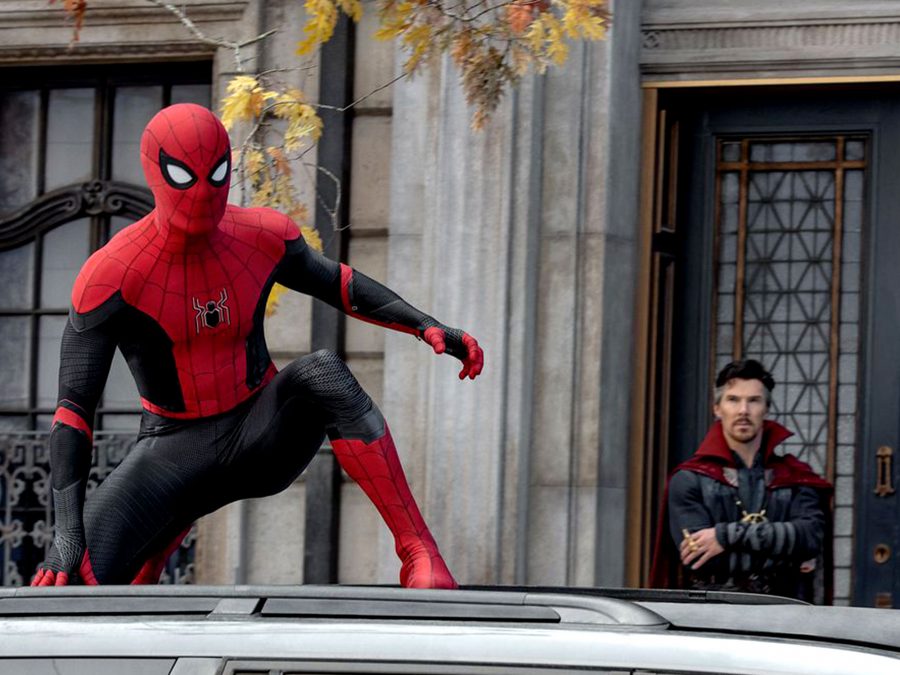Sam Raimi’s Spider-Man turn 20 next year; a fact which not only makes me feel older than ever, but reminds us all just how long cinema has been obsessed with New York’s friendly neighbourhood webslinger. In the two decades since Tobey Maguire first donned the red-and-blue spandex, we’ve had eight live-action Spider-Man films, making Peter Parker among the most prolific superheroes around.
Audiences love a scrappy, charismatic underdog, after all, and that has always been part of Spidey’s appeal. Parker was a broke kid from Queens until he got bitten by a radioactive arachnid, and the fact that Sony held the rights to his story for so long meant he sat at a curious distance from the superhero movie boom, even after the Marvel juggernaut began to take shape with Iron Man in 2008.
Of course, all of that changed when Disney acquired Marvel in 2009. Sony held firm, and eventually a deal was struck in 2015 that would allow their prized asset to appear in the MCU, while solo outings would be co-produced by the two studios. It proved to be a license to print money. With Tom Holland in the lead role, Spider-Man: Homecoming made $880 million; two years later, the sequel took $1.131 billion on a slightly smaller budget.
As the box office numbers continue to soar, so too does our hero. In Spider-Man: No Way Home, writers Chris McKenna and Erik Sommers expand on the idea of the multiverse first explored in Spider-Man: Into the Spider-Verse, using this as an excuse to bring back some familiar faces from Spidey’s past.
As revealed early on in the film’s production, these include Norman Osbourne/The Green Goblin (Willem Dafoe) and Dr Otto Octavius/Doctor Octopus (Alfred Molina) from the Raimi era, and Dr Curt Connors/Lizard (Rhys Ifans) and Max Dillon/Electro (Jamie Foxx) from Marc Webb’s Amazing Spider-Man films.

That’s a lot of villains to squeeze into a single film – not to mention the other cameos No Way Home has up its sleeve. Yes, the nostalgia dial is cranked up to 11 here, with call-backs to the seven films which preceded this one. The problem is, it’s taken three films for this iteration of Spider-Man to reach the same conclusion as Raimi’s first Spider-Man film: Parker’s life is fundamentally incompatible with the responsibilities that come with being a superhero.
With his identity having been revealed to the world at the end of Far From Home, we now see the impact this has had on his friends’ chances of going to college. When Peter seeks help from crotchety colleague Dr Strange (Benedict Cumberbatch), the pair accidentally open a rift which allows parallel universes to seep into one another, bringing an assortment of people who know Parker’s identity into the present world.
The lack of character development feels more noticeable this time around, as Peter (once again) struggles to choose between his moral duty and personal fulfilment. When Homecoming was released, much was made about Spidey’s origin story being skipped over in favour of throwing audiences into a world where Peter was already having superhero adventures. But what was the point if there’s no further development to be made? It’s grating seeing the same character repeatedly fail to learn any lessons or show even a modicum of personal growth.
Add in a plot with more holes than Swiss cheese, iconic villains barely getting a look in, and lacklustre action scenes, and No Way Home feels like a greatest hits package specifically designed to hit every fan service button. It doesn’t give us any indication of where this story is going, or why we should care.
ANTICIPATION.
Worried this might be one long ‘for the fans’ bit. 3
ENJOYMENT.
Smoke and mirrors nostalgia overload. But fun! 3
IN RETROSPECT.
A long way of saying not very much. 2
Directed by
Jon Watts
Starring
Tom Holland, Zendaya, Benedict Cumberbatch
The post Spider-Man: No Way Home appeared first on Little White Lies.


0 Comments